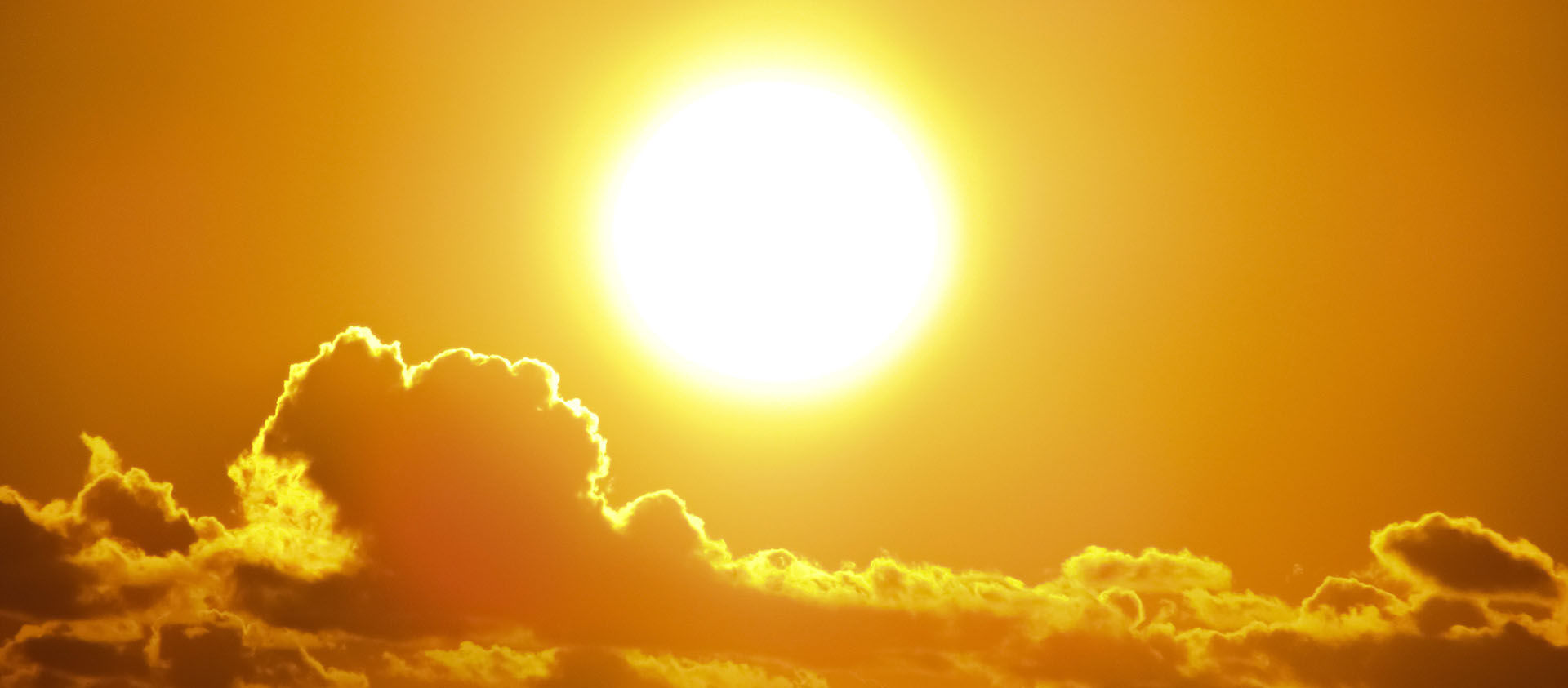Enormous regional differences
While an average of more than one in three heat-related deaths are attributable to anthropogenic climate change, the impact varies enormously from one region to the next. The number of climate-related heat casualties in a specific location ranges from a few dozen to several hundred deaths each year, depending on the local changes in climate in each area and the vulnerability of its population. People living in low- and middle-income countries in Central and South America and South-East Asia, which have only been responsible for a minor part of anthropogenic emissions in the past, are those that are hardest hit.
According to Ana Vicedo-Cabrera, heat risks “should not be underestimated,” even in Switzerland, where the differences in living conditions are comparatively small and temperatures remain moderate. For example, the country-specific estimate for Switzerland was around 30%, meaning that one in three heat-related deaths can be attributed to climate change.
Cities hit particularly hard
Global warming is particularly problematic for cities, where something referred to as the urban heat island effect plays a major role: Temperatures in urban settings are often much higher than those in the surrounding areas, particularly at night. This is mainly attributable to surface changes: The greater the proportion of sealed surfaces in an area, the more solar radiation is absorbed. That means buildings and streets heat up during the day and act as thermal storage heaters, which then slowly radiate that stored heat at night. If climate change causes temperatures to rise, these thermal storage heaters are able to absorb even more energy, thereby causing people to suffer more and more under the urban heat.
As a result, researchers of the Oeschger Centre for Climate Change Research at the University of Bern are examining the impact of heat waves on Swiss cities within the scope of the “Urban Climate Bern” research project. The fourth measurement campaign was carried out in the summer of 2021.

